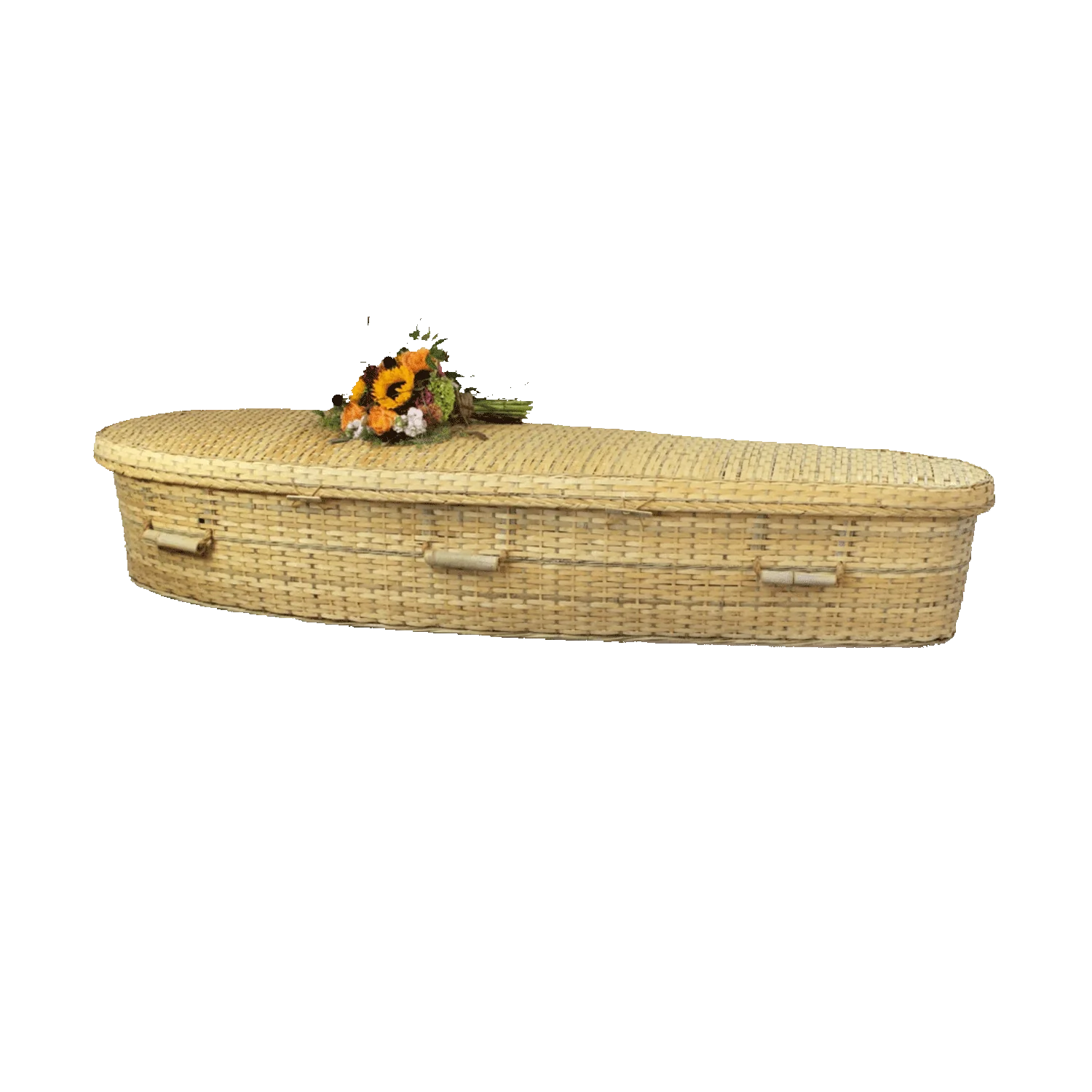The choice of a final resting place is a deeply personal decision, shaped by cultural, religious, and practical considerations. Two common methods for burial, mausoleums and underground burial, offer distinct paths to eternal rest. In this blog post, we'll explore these two approaches, their history, and what sets them apart.
Mausoleums: A Monument to Memory
Mausoleums have been an enduring symbol of grandeur and respect in burial practices. These above-ground structures provide a unique form of final resting place. Here's what you should know about them:
1. A Rich History: The term "mausoleum" itself harks back to the Mausoleum at Halicarnassus, one of the Seven Wonders of the Ancient World. Mausoleums have been used in various cultures, from Egyptian pyramids to ornate European crypts.
2. Respect and Elegance: Mausoleums are known for their architectural beauty and the elegance they bring to a cemetery. They provide a sense of respect and dignity for the deceased.
3. Shelter from the Elements: The shelter offered by mausoleums can be a practical advantage. They protect against the elements, preserving the casket and allowing family and friends to visit regardless of weather conditions.
4. A Legacy of Remembrance: Many families have a long-standing tradition of interring generations in the same mausoleum. This creates a legacy of remembrance that future generations can honor.
Underground Burial: Returning to the Earth
Underground burial, often in traditional graves or family plots, is the more conventional form of interment. It's deeply rooted in tradition and nature. Here's what makes it special:
1. A Connection to Earth: Underground burial involves returning the body to the earth, allowing for a natural decomposition process. This connection to the land is deeply symbolic and meaningful for many.
2. Affordability: Traditional in-ground burials tend to be more cost-effective than mausoleum interments. They are a practical choice for those who prefer a simpler approach.
3. Family Plots: Family plots are a common form of underground burial. This arrangement allows multiple family members to be laid to rest in a shared space, creating a continuous tradition and a focal point for remembrance.
4. Eco-Conscious Options: Green burials are a growing trend within underground burials. They promote eco-friendly practices with biodegradable caskets and no embalming, allowing the body to naturally decompose and return to the earth.
Making the Choice
The choice between mausoleums and underground burial is deeply personal and multifaceted. Here are some considerations to keep in mind:
1. Personal Beliefs: Your cultural, religious, and personal beliefs play a significant role in your choice. Some individuals have a strong affinity for one method based on their values and worldviews.
2. Family Traditions: Family customs and traditions often play a significant role in the choice of burial method. Some families maintain a long-standing tradition of mausoleum or underground burials.
3. Environmental Concerns: If you're passionate about eco-friendly practices, you might prefer a green burial, which aligns with sustainable practices, or consider an above-ground option that integrates eco-conscious features.
4. Space Availability: The availability of burial plots or mausoleum spaces may impact your decision, particularly in densely populated urban areas.
Both mausoleums and underground burials offer respectful and lasting resting places for the departed. The choice should reflect your personal values, family traditions, and the wishes of your loved ones. Whether you select an architectural masterpiece above ground or a serene, natural grave beneath the earth, the most vital factor is that your decision ensures the dignified and lasting remembrance of those you hold dear.





